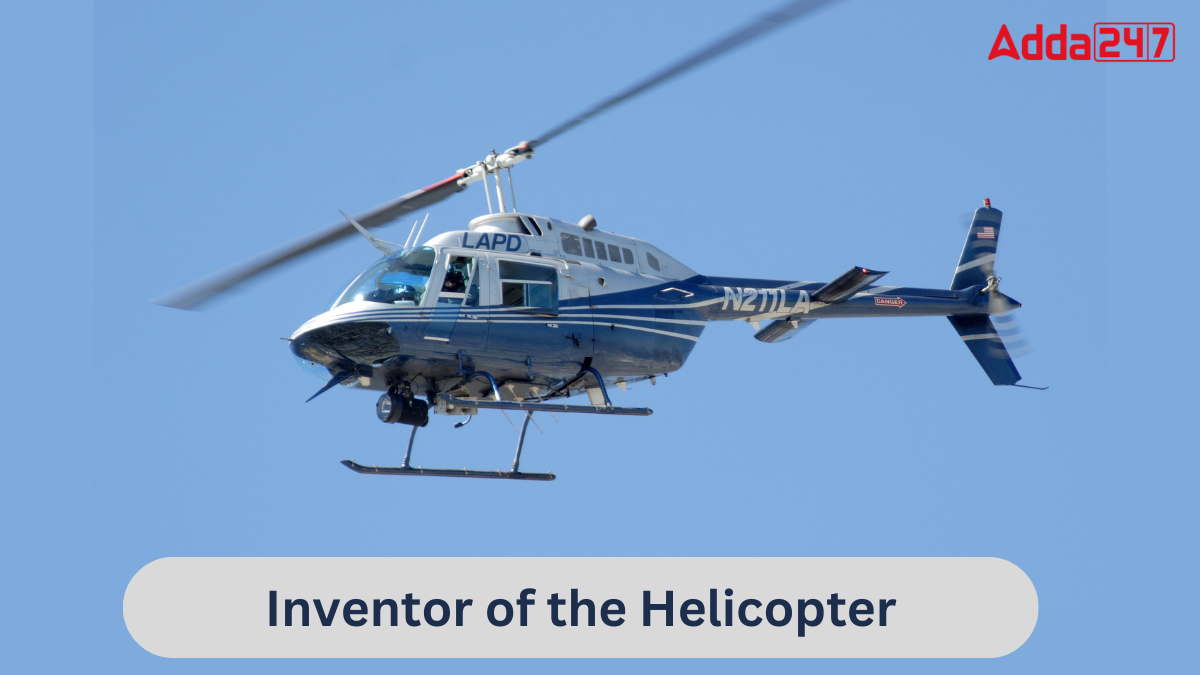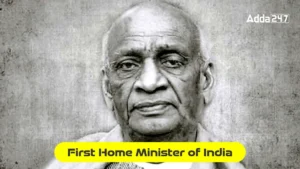The helicopter is a remarkable invention that has changed the way we travel, conduct search and rescue missions, and provide medical care in challenging locations. It has the unique capability to take off and land vertically, hover in place, and fly in any direction. Though it might seem like a futuristic device, the development of the helicopter was a result of a long series of experiments and improvements over many years. This article explores the history of the helicopter, highlighting the key figures and developments that led to its creation.
Who is the Inventor of the Helicopter?
Igor Sikorsky, a Russian-born engineer and inventor, is widely recognized as the father of the modern helicopter. Born in Kyiv in 1889, Sikorsky had a deep interest in aviation from a young age, building his first airplane at 18. After emigrating to the United States in 1919, Sikorsky worked for the Wright Brothers’ aircraft company and began focusing on helicopter designs.
In 1923, Sikorsky founded Sikorsky Aircraft, concentrating on helicopter development. Despite several early designs failing to achieve sustained flight, Sikorsky’s persistent efforts culminated in the successful flight of the VS-300 in 1939. This achievement laid the foundation for modern helicopter design. Sikorsky’s legacy is still evident in the continued success of Sikorsky Aircraft, which remains a major player in the helicopter industry. He passed away on October 26, 1972, at the age of 83.
Invention of the Helicopter
The invention of the helicopter was not an overnight success but a gradual process of innovation. Sikorsky’s VS-300, which made its first successful flight on September 14, 1939, was a breakthrough. This early helicopter featured a single main rotor and a smaller tail rotor to counteract torque, a design principle still used in many modern helicopters.
Sikorsky was inspired by Leonardo da Vinci’s early flying machine designs, which played a crucial role in his development process. Before the VS-300, Sikorsky created several prototypes with coaxial rotors, but these did not achieve sustained flight. The successful flight of the VS-300 marked a significant milestone, showcasing the helicopter’s potential and setting the stage for future advancements in aviation.
Contributors of other Innovations
While Igor Sikorsky is celebrated for his successful helicopter, many others contributed to its development:
- Leonardo da Vinci: The renowned inventor and artist sketched designs for a flying machine that inspired Sikorsky and other early helicopter pioneers.
- Juan de la Cierva: In 1923, the Spanish engineer developed the autogyro, an aircraft with rotating blades that provided lift. This invention was a critical step towards the helicopter.
- Paul Cornu: A French inventor who built and flew the first successful helicopter in 1907. Though it only hovered briefly, it demonstrated the helicopter’s feasibility.
- Louis Bréguet: Another French engineer who developed several early helicopter prototypes in the 1920s and 1930s, contributing foundational ideas to helicopter technology.
- Companies: Various companies, including the Wright Brothers’ aircraft company, played significant roles in helicopter development. Major manufacturers like Bell Helicopter and Boeing Vertol also contributed to advancing helicopter technology.
Achievements of Igor Sikorsky, the Inventor of the Helicopter
- Invented the First Practical Helicopter: Sikorsky’s VS-300 was the first successful helicopter with a single main rotor and tail rotor.
- Developed the R–4: Sikorsky’s R-4 was the first mass-produced helicopter, further advancing the technology.
- Founded Sikorsky Aircraft Corporation: His company produced numerous successful aircraft designs.
- Contributions to Helicopter Design: Sikorsky made significant advances in single-rotor and multi-rotor helicopter designs.
- Pioneering Figure in Aviation: Sikorsky is recognized as a key figure in the history of aviation and helicopter development.
Functionalities of a Helicopter
- Vertical Takeoff and Landing (VTOL): Enables operation in areas without runways.
- Maneuverability: Capable of hovering, flying forwards, backwards, and laterally, ideal for complex environments.
- Low-Altitude Flight: Provides access to areas that other aircraft cannot reach.
- Versatility: Suitable for search and rescue operations, surveillance, and transportation.
- Operation in Various Conditions: Can fly in strong winds, fog, and turbulence, offering flexibility in challenging conditions.





 Which City is known as the City of Bambo...
Which City is known as the City of Bambo...
 Who was the First Home Minister of India...
Who was the First Home Minister of India...







